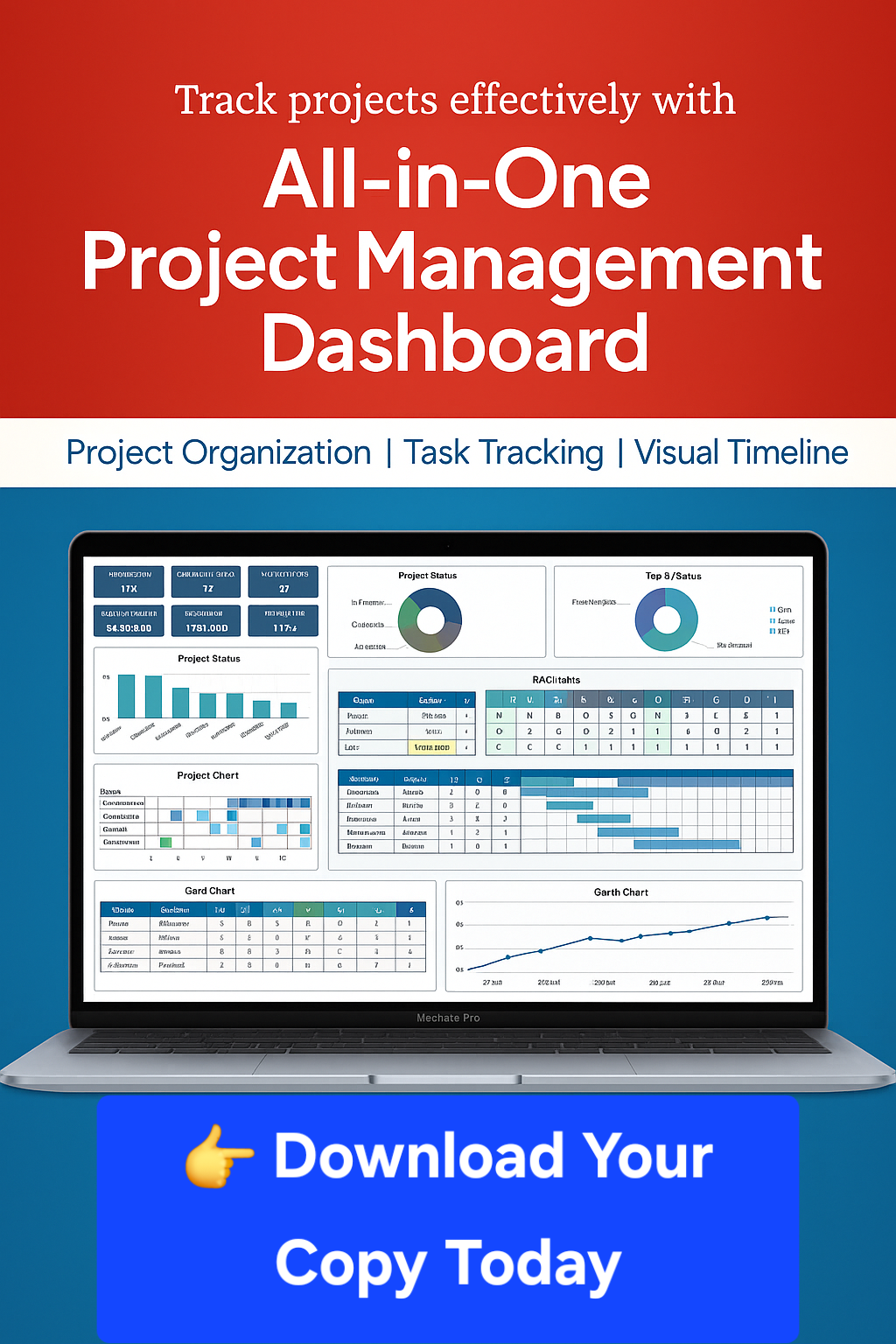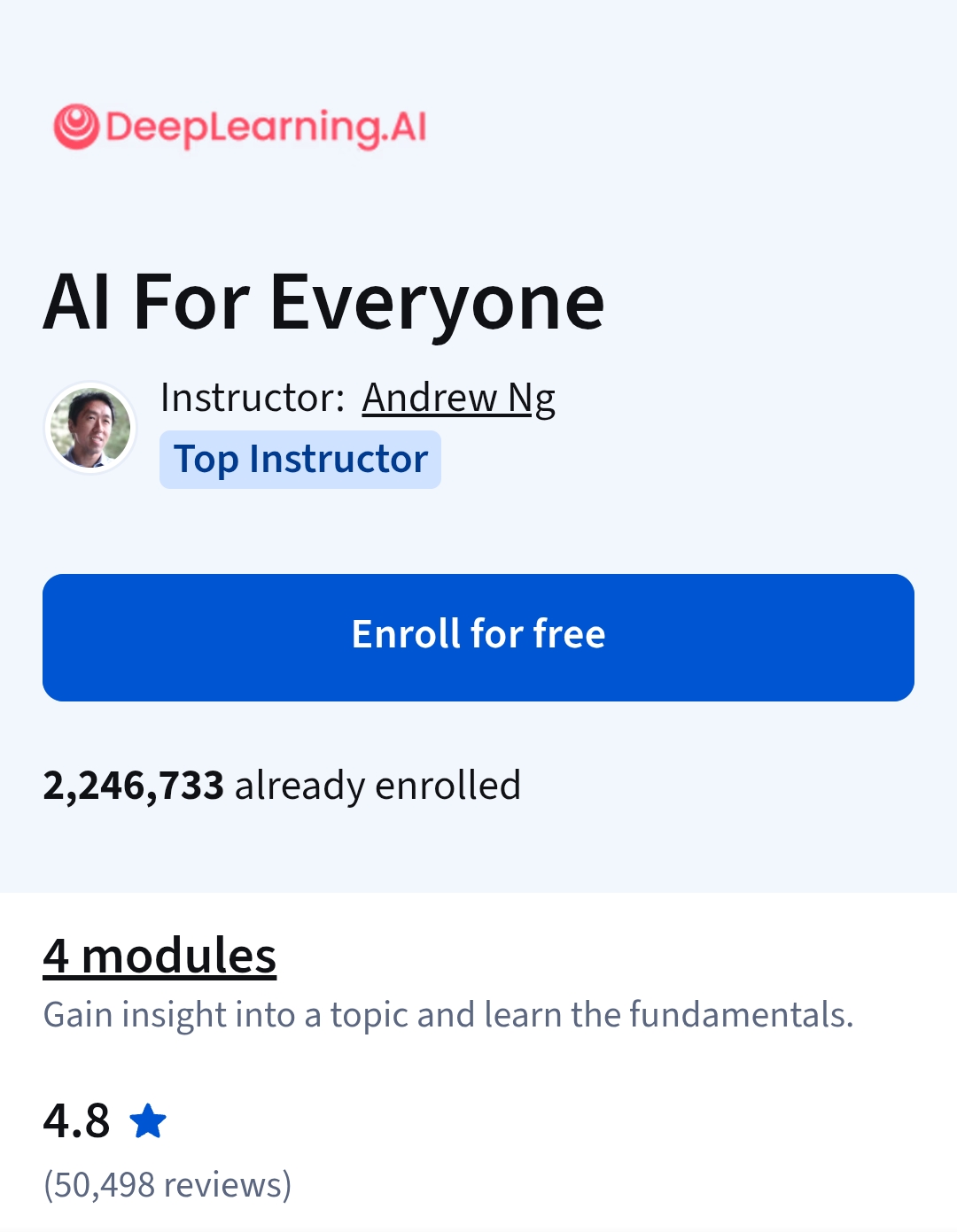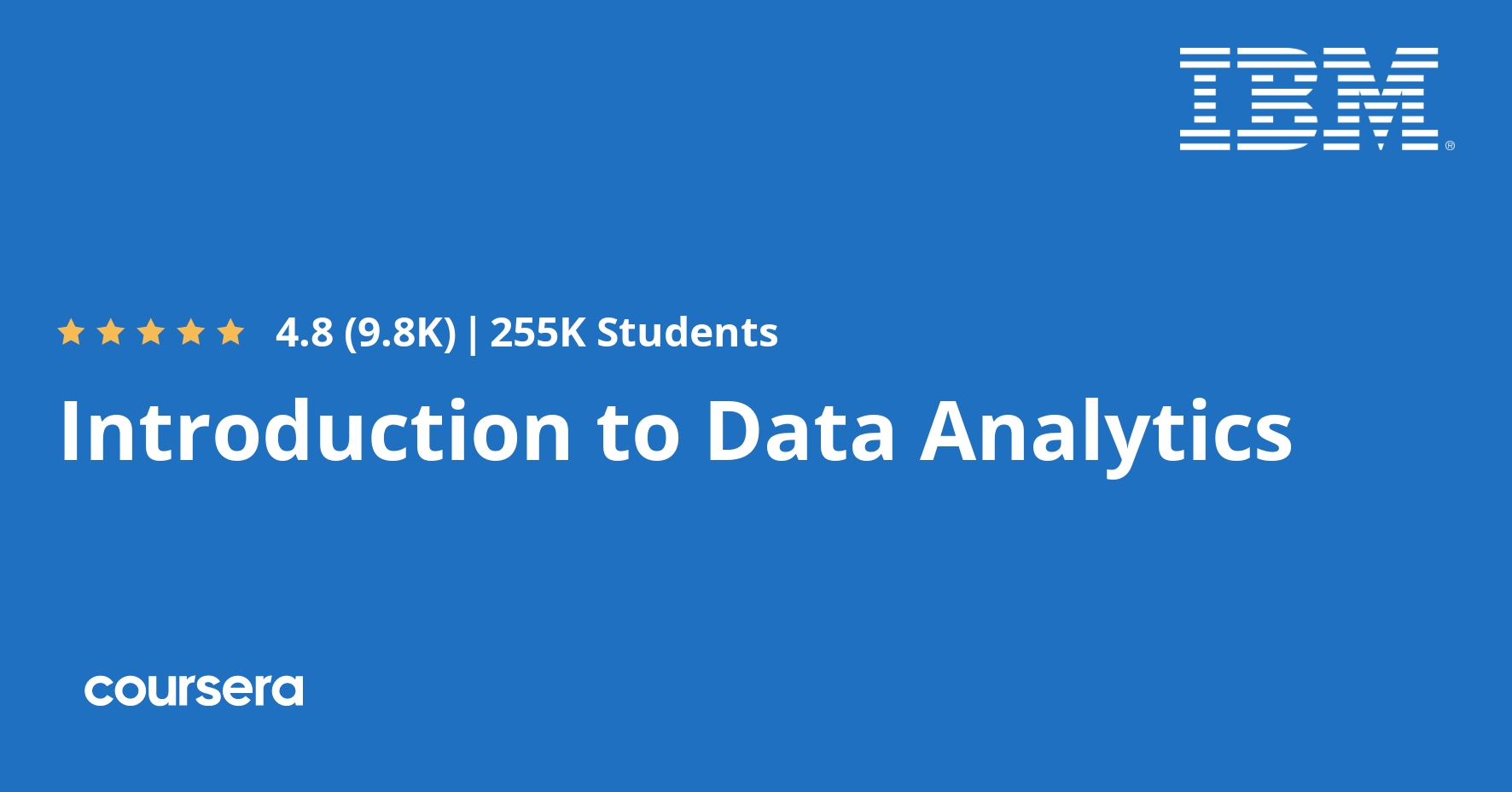Description
Ready to start a career in Data Analysis but don’t know where to begin? This course presents you with a gentle introduction to Data Analysis, the role of a Data Analyst, and the tools used in this job. You will learn about the skills and responsibilities of a data analyst and hear from several data experts sharing their tips & advice to start a career. This course will help you to differentiate between the roles of Data Analysts, Data Scientists, and Data Engineers.
You will familiarize yourself with the data ecosystem, alongside Databases, Data Warehouses, Data Marts, Data Lakes and Data Pipelines. Continue this exciting journey and discover Big Data platforms such as Hadoop, Hive, and Spark.
By the end of this course you’ll be able to understand the fundamentals of the data analysis process including gathering, cleaning, analyzing and sharing data and communicating your insights with the use of visualizations and dashboard tools.
This all comes together in the final project where it will test your knowledge of the course material, and provide a real-world scenario of data analysis tasks.
This course does not require any prior data analysis, spreadsheet, or computer science experience.
What you will learn
What is Data Analytics
In this module, you will learn about the different types of data analysis and the key steps in a data analysis process. You will gain an understanding of the different components of a modern data ecosystem, and the role Data Engineers, Data Analysts, Data Scientists, Business Analysts, and Business Intelligence Analysts play in this ecosystem. You will also learn about the role, responsibilities, and skillsets required to be a Data Analyst, and what a typical day in the life of a Data Analyst looks like.
The Data Ecosystem
In this module, you will learn about the different types of data structures, file formats, sources of data, and the languages data professionals use in their day-to-day tasks. You will gain an understanding of various types of data repositories such as Databases, Data Warehouses, Data Marts, Data Lakes, and Data Pipelines. In addition, you will learn about the Extract, Transform, and Load (ETL) Process, which is used to extract, transform, and load data into data repositories. You will gain a basic understanding of Big Data and Big Data processing tools such as Hadoop, Hadoop Distributed File System (HDFS), Hive, and Spark.
Gathering and Wrangling Data
In this module, you will learn about the process and steps involved in identifying, gathering, and importing data from disparate sources. You will learn about the tasks involved in wrangling and cleaning data in order to make it ready for analysis. In addition, you will gain an understanding of the different tools that can be used for gathering, importing, wrangling, and cleaning data, along with some of their characteristics, strengths, limitations, and applications.
Mining & Visualizing Data and Communicating Results
In this module, you will learn about the role of Statistical Analysis in mining and visualizing data. You will learn about the various statistical and analytical tools and techniques you can use in order to gain a deeper understanding of your data. These tools help you to understand the patterns, trends, and correlations that exist in data. In addition, you will learn about the various types of data visualizations that can help you communicate and tell a compelling story with your data. You will also gain an understanding of the different tools that can be used for mining and visualizing data, along with some of their characteristics, strengths, limitations, and applications.







